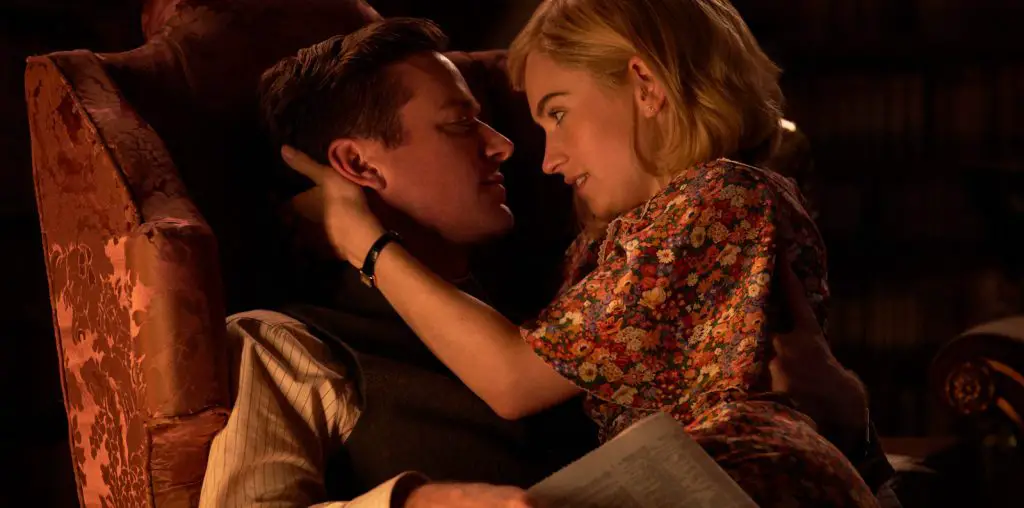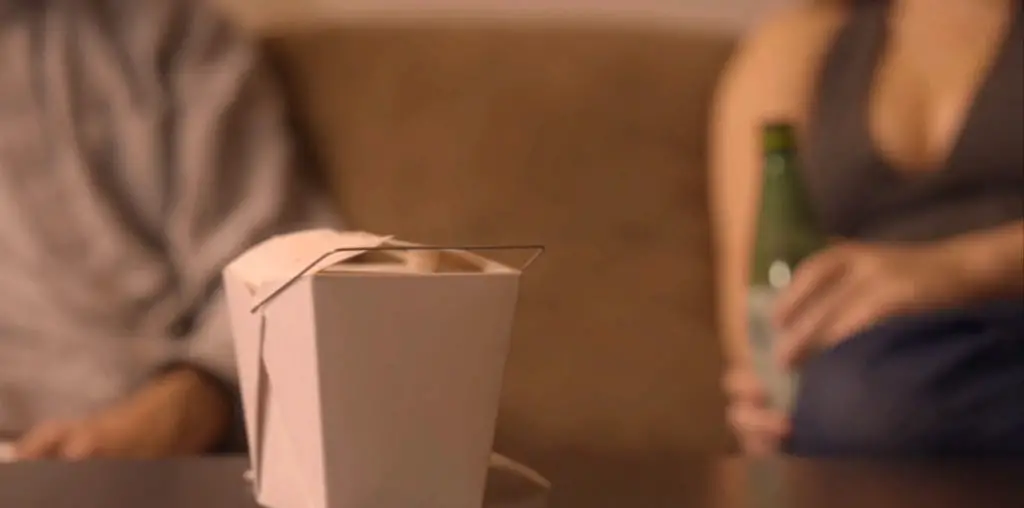
“A Better Tomorrow” (’86) Director: John Woo. I won’t rehash for the 1,000th time the ways in which this blockbuster about estranged brothers on opposite sides of the law impacted East Asian film, as industry and art. This is maybe the most indelible of a number of landmark works on Tsui’s resumé, yet it’s one of his few producing jobs that belong unmistakably to another filmmaker. “ABT” codified director/writer Woo’s trademark blend of the bullet-riddled and the tear-streaked, as well as his elegantly brutal style with dance-like, slo-mo “gun fu.” Woo wouldn’t fully refine the approach until “The Killer” (ibid.) – “ABT” feels only three-fourths-realized, with passages that may give Americans an ‘80s made-for-cable vibe. (Anchor Bay Video’s recent DVDs with new subtitles are the way to see this and the sequel; your other choices are badly dubbed American editions or atrociously subtitled HK editions.)
“A Better Tomorrow II” (’87) Director: John Woo. It’s fairly heretical, though not unprecedented, to prefer the sequel. Woo was reluctant to make it and disparages the end result, no doubt partly from bitterness over Tsui’s extensive interference. Sure, it’s gratuitous nonsense, going so far as to “resurrect” a slain character via a long-lost identical twin. But it’s the most purely entertaining of Woo’s major movies, somehow indulging in self-parody while retaining the sincerity of its macho sentimentality. (I actually misted up at one point.) The climactic, teeth-loosening gun battle with a mansionful of expendable Evil Henchmen deserves, I dunno, some kind of record. Or a trophy or a plaque. Something. You know the bit where two enemies shoot each other simultaneously? Then one runs out of ammo? And the other guy tosses him a spare gun? How cool is that?! (And how Woo.)
“A Better Tomorrow III: Love and Death in Saigon” (’89) There’s a story that Tsui once proposed making the original’s leads female. He sort of got his wish three years later with the third entry, which he took over after a fed-up Woo walked. This prequel traces the reluctant initiation of Chow Yun-fat’s Mark into outlaw warriorhood at the side of a gun-toting tough chick, of the type Tsui loves and Woo would never allow to horn in on his hypermasculine world. He puts his stamp on Woo’s vision in other ways as well: the setting in the Vietnam War’s closing days speaks to both Tsui’s obsession with the specters of regional history and to his own origins in Vietnam, where he was raised by Chinese émigré parents. The whole project still can’t quite shake the question, “Why did we need this?” But it packs a surprising wallop, especially if you remember what was happening that year in China. Not surprisingly, the same metaphor works for “Bullet in the Head” (’90), Woo’s alternate vision of a Vietnam-set “ABT”.
“The Blade” (‘95) Tsui aims to strip off years of accumulated gloss to reveal the martial arts genre’s charred, gore-clotted heart in his uncomfortably feral screen-scorcher. It’s a little too wedded to the hoary conventions (quest to avenge father’s murder, maimed hero who learns to fight anew, etc.) to succeed fully as a deconstruction. But it’s one of a kind and grows on me the more I see and think about it. Skull-rattling chaos is the (dis)organizing principle behind camerawork, editing and action choreography, to occasionally migrainey but often powerful effect – this is what it feels like to be in one of those acrobatic duels, a fraction of an inch or a slip of the foot away from grisly death.
“The Chinese Feast” (‘95) This obnoxious “kung food” farce about a grand competition between master chefs is one of Tsui the director’s few real duds. It’s easy to see why he was interested, as he turns cuisine into an expression of the Chinese cultural identity he often explores. Much like the fights in a lot of martial arts movies, the cooking scenes are the real point, as hyperbolically kinetic and colorful as Peking opera. The shrill goofiness in between, though, grates like a bad night of comedy improv.
“A Chinese Ghost Story II” (‘90) Director: Ching Siu-tung. It sometimes clunks where the exquisite original glided, but you might be too busy gaping at the flying swords, gorgeous ghost women, giant centipedes and geysers of slime to notice. Free bonus: if you squint, you can see some allegory for post-Tiananmen political anxieties.
“Double Team” (’97, USA) An only half-hearted shot at the Hollywood big time – maybe Tsui knew that with stars like Jean-Claude Van Damme, Dennis Rodman (yep) and Mickey Rourke, this wasn’t exactly going to be Raiders of the Lost Ark. Van Damme and Rodman compete to see who can deliver the wincing jokey-macho dialogue with the most marble-mouthed uncharisma, while Rourke… well, who ever knows what he’s doing? The director does intermittently enliven this straight-to-video-worthy material with self-consciously nutty visuals and a few nifty action bits, but it mostly feels like effort wasted. It may be true that Tinseltown doesn’t know what to do with HK filmmakers, but I presume nobody forced Tsui into this at gunpoint.
“Green Snake” (‘93) Impossibly radiant Maggie Cheung and nothing-to-sneeze-at Joey Wong play two female snake spirits who struggle to become human and find they’re more woman than the mortal world can handle. This intoxicatingly strange revisionist version of an oft-told Chinese fairy tale foregrounds Tsui’s ambivalence towards sexuality and his cynicism about religion. The look is unique among HK fare, its images seemingly carved from pastel-hued quartz. Faced with this splendor, blinkered Western commentators tend to zero in on the occasionally embarrassing FX work. But look at it this way: it just points up the director’s visionary ambition, as he pushes his industry’s possibilities beyond their limits.
Get the rest of the catalog in part three of ONCE UPON A TIME IN CHINA: THE TSUI HARK REPORT>>>

